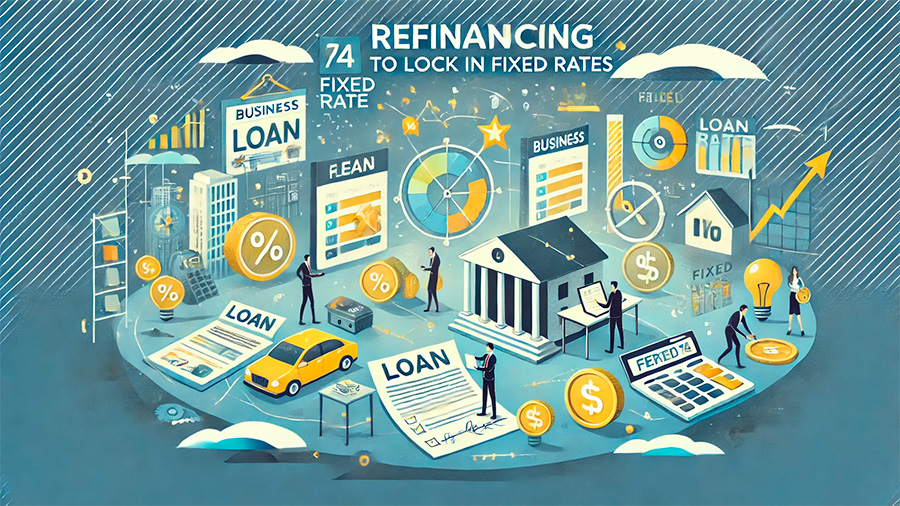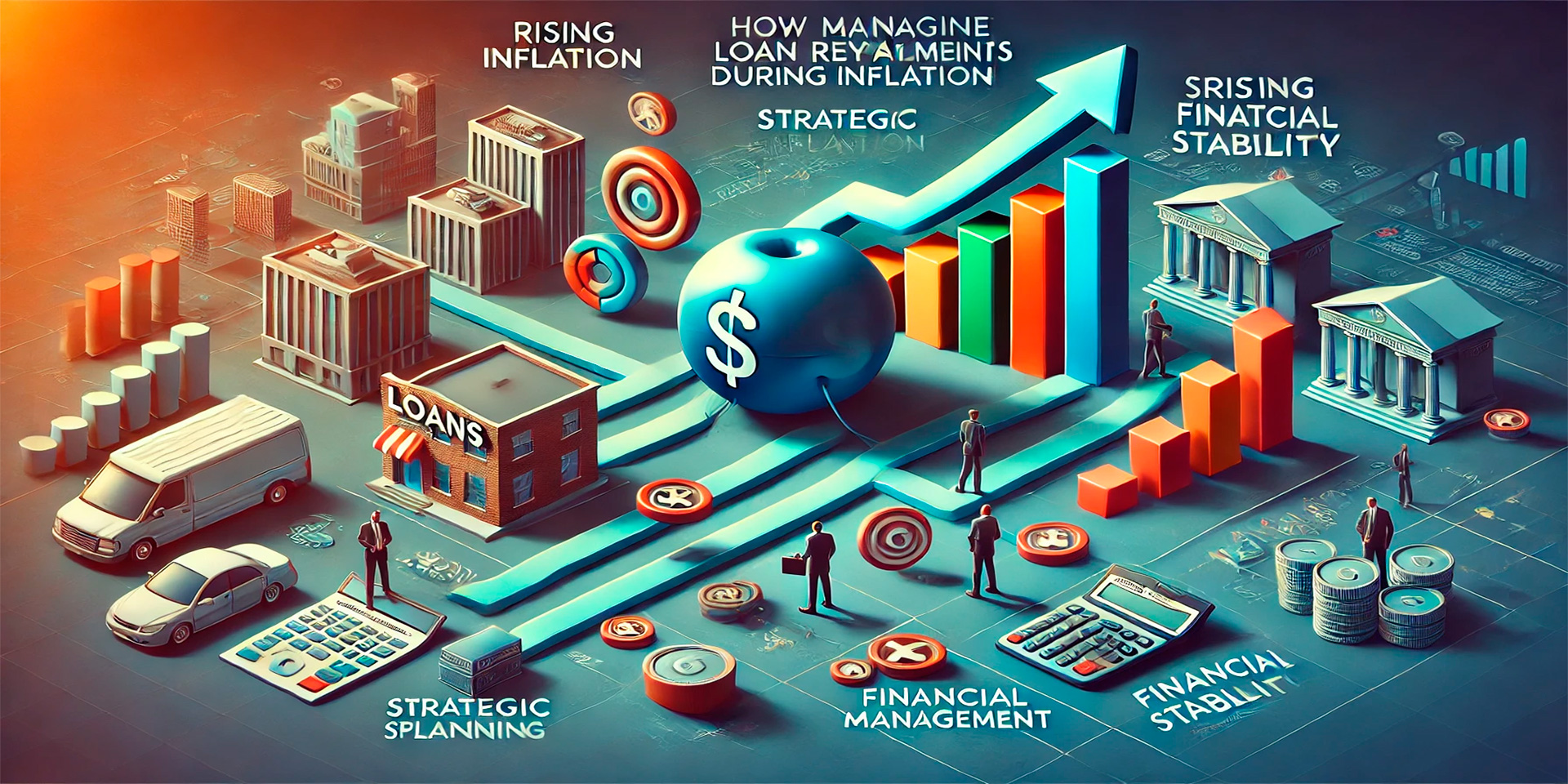Periods of inflation can significantly impact the cost of borrowing, making it essential for businesses to adapt their financial strategies. As inflation rises, interest rates tend to increase, leading to higher borrowing costs and more challenging loan terms. For businesses that rely on loans to finance operations, growth, or expansion, understanding how to navigate loans effectively during inflationary periods is critical for maintaining financial stability and avoiding long-term financial strain.
This article explores strategies for managing business loans during inflation, helping companies make informed decisions that support their financial health in challenging times.
Understand the Impact of Inflation on Interest Rates
One of the most immediate effects of inflation is the rise in interest rates. Central banks, such as the Federal Reserve, often increase interest rates to combat rising prices and slow down inflation. This directly affects the cost of borrowing, as loans become more expensive for businesses. Higher interest rates mean larger monthly payments and increased overall loan costs.
For businesses with variable-rate loans, inflation can be particularly challenging, as their interest payments will increase as rates rise. Understanding how inflation impacts interest rates allows businesses to plan ahead and assess whether refinancing or locking in fixed-rate loans is a better option for long-term stability.

Refinancing to Lock in Fixed Rates
When inflation is on the rise, businesses with variable-rate loans may want to consider refinancing to lock in fixed interest rates. Fixed-rate loans provide greater predictability, as the interest rate remains the same throughout the life of the loan, regardless of economic conditions. This can shield businesses from further rate hikes and help them better manage cash flow.
Although fixed-rate loans may have slightly higher interest rates initially, they offer long-term protection from the volatility of inflation. Businesses should evaluate the current interest rate environment and consider refinancing before rates climb even higher.
Accelerate Debt Repayment
Another strategy for navigating business loans during inflation is to accelerate debt repayment. By paying down loan principal more quickly, businesses can reduce the total interest paid over the life of the loan. This is particularly useful for companies with variable-rate loans, as reducing the loan balance can minimize the impact of rising interest rates.
Accelerating debt repayment may require adjustments to cash flow management, but it can save businesses a significant amount in interest payments, especially when inflation is pushing rates higher.
Adjust Cash Flow and Budgeting Strategies
Periods of inflation can also disrupt cash flow, as businesses face higher costs for goods, services, and borrowing. To effectively manage loans during inflation, companies need to adjust their cash flow and budgeting strategies. This may involve closely monitoring expenses, renegotiating supplier contracts, or finding ways to increase revenue to cover higher loan payments.
Cash flow management becomes particularly important when loan payments increase due to inflation. Businesses should create a detailed cash flow forecast to identify potential shortfalls and take proactive steps to ensure they can meet their loan obligations without compromising other operational needs.
Consider Alternative Financing Options
If traditional loans become too expensive during periods of inflation, businesses may want to explore alternative financing options. This can include lines of credit, merchant cash advances, or peer-to-peer lending, which may offer more flexible terms than conventional bank loans.
Additionally, government programs or low-interest financing options may be available to help businesses navigate inflationary periods. Researching and comparing different financing options allows businesses to choose the solution that best fits their needs while minimizing borrowing costs.

Evaluate the Impact of Inflation on Business Loans
Inflation affects more than just interest rates. It can also influence the value of assets used as collateral, the availability of credit, and the overall demand for business loans. As inflation rises, lenders may tighten lending standards, making it harder for businesses to qualify for new loans or secure favorable terms.
Businesses should regularly evaluate the impact of inflation on their loan agreements and adjust their financial strategies accordingly. This includes reviewing loan covenants, understanding any inflation-adjusted terms, and maintaining open communication with lenders to negotiate better terms if necessary.
Conclusion
Managing business loans during periods of inflation requires careful planning and strategic decision-making. By understanding the impact of inflation on interest rates, exploring refinancing options, and adjusting cash flow strategies, businesses can navigate the challenges of inflation and maintain financial stability. In an inflationary environment, it’s crucial for businesses to stay proactive, assess their financial situation regularly, and make adjustments that protect their long-term financial health.







